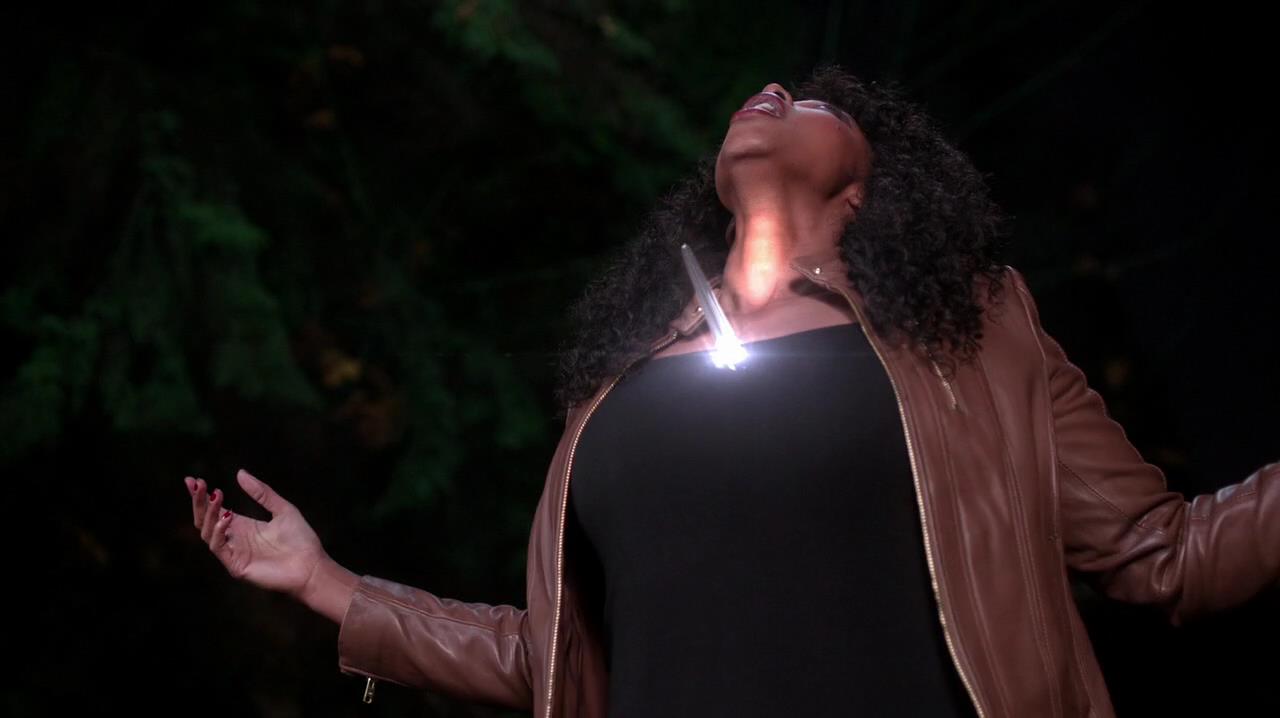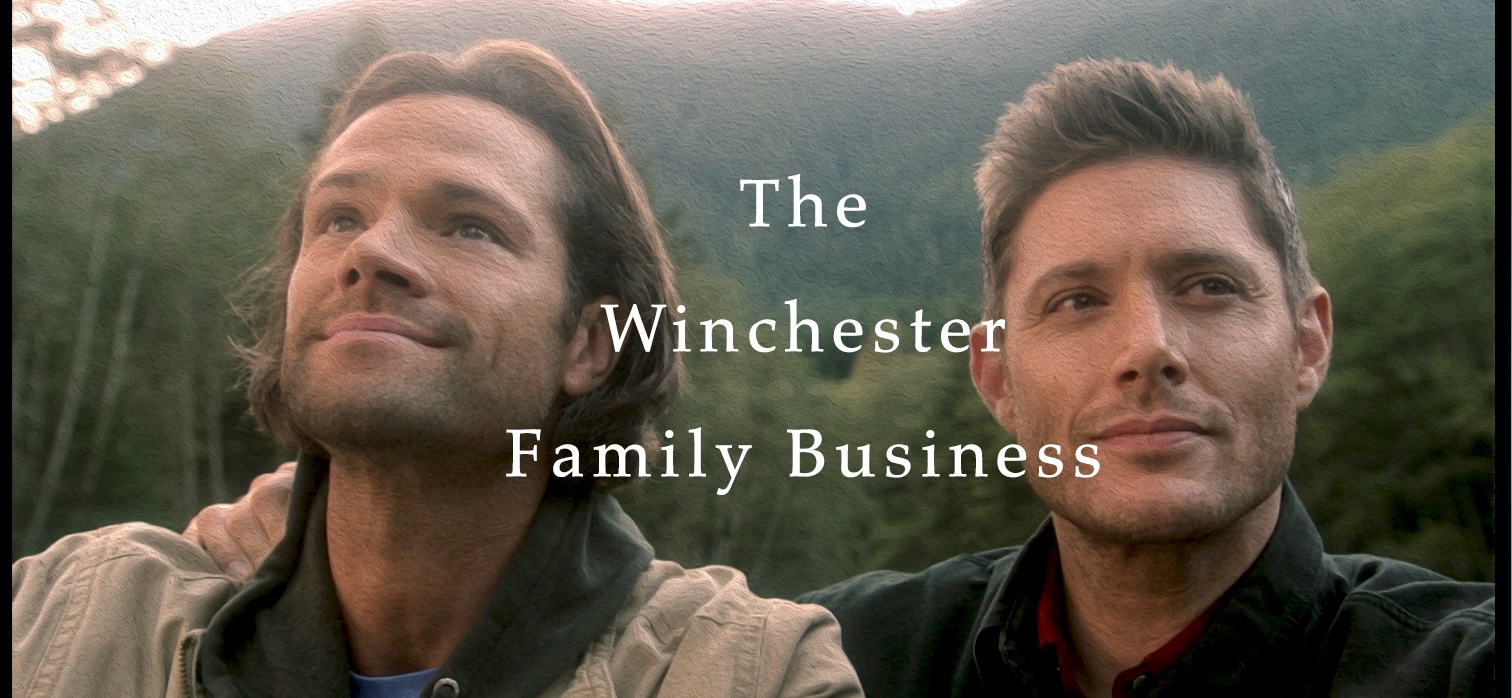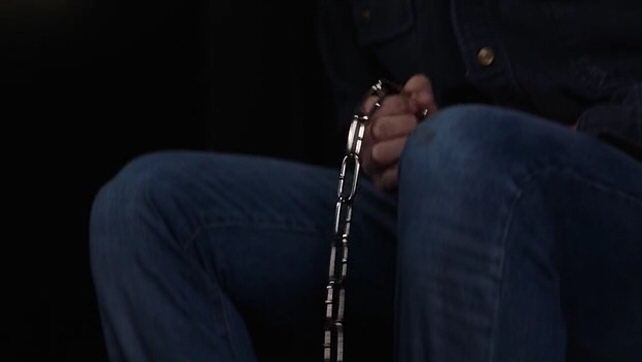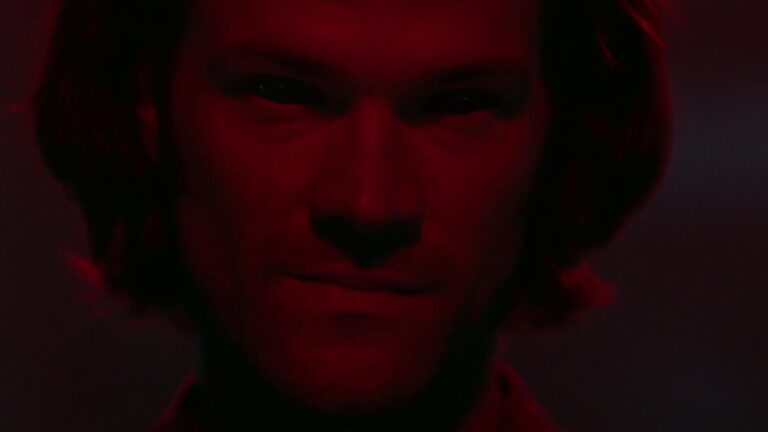Supernatural Monster Mythology Evolution: Reapers

Monster Mythology Evolution: Reapers
Reapers have been present in Supernatural almost from the word go. In the now classic episode “Faith”, we were introduced to a stoic and classic image of a reaper, harnessed by a woman playing with life and death. Her efforts backfired but only after it saved Dean, thankfully. Since then, we’ve come to learn a lot about reapers, understand the hierarchy of reapers as angels and even met Death – and his replacement.
It would be simple to say that a reaper is a symbol of death and leave it at that, but as we understand more of the reaper mythology within Supernatural and the evolution of these creatures (“monsters” seems harsh), it is more apt to say they are harbingers of transition – ends and beginnings. In Tarot, when the Death card appears, the reaper signifies a change, often a new way of thinking or a self-awareness to be reached. In some depictions, the reaper is stepping over a prone body of royalty – no force is powerful enough to thwart change being the implication. This is usually what the appearance of the reaper has meant on Supernatural, in a round about way.
First Appearance: 1.12 “Faith”
Most Recent Significant Appearance: 14.10 “Nihilism”
If we look at the appearances of reapers throughout Supernatural history, there are two noteworthy things about these “monsters.” First, that each time reapers appear, be it reapers themselves or Death him/herself, it heralds a significant change for Sam and Dean, whether that be an actual loss or an overarching impact on the story itself that is about to become known.
The second, perhaps more subtle though equally notable element to the reapers is that Dean has a particularly unique relationship with reapers. From day one, it has usually been our elder Winchester brother interacting personally with Death. What does this mean?
The Intimacy of Death
Let’s begin with the second point.
By and large, every significant reaper encounter (not all, but nearly) involves Dean significantly, if not exclusively. No, I am not excluding Sam’s encounters with reapers, merely highlighting a pattern that is quite prominent – I have plans for Sam too! I am certainly not saying both brothers (and other characters) aren’t affected by the events surrounding reaper appearances either. Instead, I am considering the casual relationship the elder Winchester has with reapers and Death – whatever form he or she may take – from the start of the series to present.
Dean’s life is built around death – he begins the series driven to avenge the death of his mother, arguably one of his earliest memories and an event that has had the most profound impact on his life to date. This remains a theme through the course of Dean’s journey: the presence of the reapers are omens of major transitions, good or bad on his path, as established above. Consider this when reading through the next segment and noting the episodes and the journey. Does a pattern emerge to explain this relationship?
Change on the Horizon
Now, let’s talk about the reapers and Death it…errr…himself.
When we speak of the transition that Death (or the reapers) herald in Supernatural, there are a multitude of examples. I will not address each one in length here, but I will aim to elaborate on key events and the meaningful plot points.
“Faith” is our first visual of a reaper in the series – and for the boys as well. In this episode, Dean is saved from dying by a reaper who has been tethered to a preacher, and then struggles with himself being saved and how breaking the hold will affect Layla, a sick parishioner who also seeks to be healed.
Layla offers this thought on the matter. For Dean, it is a powerful moment:
“I guess if you’re gonna have faith… you can’t just have it when the miracles happen. You have to have it when they don’t.”
This episode takes place early in the series and while the impact overall series-wise is low, it does mark a moment in the boys’ lives: the first demonstration of the price they are willing to pay, i.e. how far they will go for each other (Sam will do anything, regardless of what Dean says), and also begins to restore some faith that Dean had long lost.
Not As It Appears
The second time we meet a reaper, both the audience and Dean are unaware of who she is until the very end. Though Tessa is ostensibly in the hospital for Dean, it is ultimately John who dies. Tessa describes her role as easing the transition between life and death and ultimately plays host to Azazel as he upholds his part of the deal with John.
This is a critical transition point in the series: not only does John die, it is the first of many soul-selling deals in the Winchester family (well, that we were aware of at that time at least) and Dean is warned about Sam.
Warnings & Omens
The next several appearances of reapers – and even Death himself eventually – are all earmarked by the apocalypse. In “Death Takes a Holiday” the reapers themselves are a seal meant to be broken, and though Sam and Dean stop this from happening, Tessa issues a warning to Dean of what is coming. Not only does Tessa warn him, but Pamela warns of Sam’s powers as she is dying.

Later, the reapers will appear in mass again as Lucifer tries to summon Death in “Abandon All Hope.” This time, Team Free Will suffers a significant blow with the loss of Ellen and Jo – and there is an ominous callback to the future Dean saw, with the photograph the group takes burning on the funeral pyre. The difference of course being that it does burn; again, the reapers play a present role in a significant event affecting the boys.
The biggest cautionary presence, for lack of a better phrase, is of course the first meeting with Death himself. Dean meets Death in “Two Minutes to Midnight” to get the final ring needed to seal the cage. Death’s appearance is a beacon of the substantial upheaval about to happen: Sam dies and Dean walks away from the lifestyle in a way he never had before.
The Shift
In later parts of the series, the appearance of a reaper is almost always a more tangible transition than anytime previously in Sam and Dean’s lives. Some of these are very obvious of course, and some less so, including “Appointment in Samara” (soulless to re-souled Sam), “Death’s Door” (loss of Bobby) and, in a subtler event, “Stairway to Heaven.”
In the latter example, Tessa appears again, this time as a “suicide bomber” and kills herself on Dean’s blade. Castiel loses support of Heaven to Metatron for refusing to punish Dean and, most significantly, Dean, succumbing to the call of the First Blade, kills Gadreel.

You might be wondering: what is your point? Death appeared and things happened, that seems straightforward. On a surface level it is – but in the world of Supernatural nothing is ever just “surface level” is it?
The appearance of a reaper in the series is often a pivotal moment in the narrative, on an emotional and character-based level, just as much as a plot driving level. These are the times when the boys are pushed or about to be pushed, towards a new edge that they didn’t even know they were at the cusp of standing on – and usually, in a very cyclical way. This, in turn, impacts the story in an exciting and unexpected way.
New Directions

In the back third of the series, Death represents innovation and renewed will to survive: a vision of a future. This is present not only in a younger, less traditional incarnation of Death in Billie, but also in the actual slaying of Death by Dean and the subsequent new relationship that the Winchesters cultivate with Billie, prior to and once she assumes the Death mantle.
Billie doesn’t want to help the Winchesters, though in many instances she recognizes the utility in doing so – for example in “Devil in the Details” when she passes along the witchcatcher, or later, in “Alpha and Omega” when she donates the souls needed to take out Amara.
These encounters also have key plot events tied to them: Castiel is possessed by Lucifer and Mary is ultimately returned to life.

Arguably, the most important moment with Billie is in “First Blood” when Castiel “kills” her to save the Winchesters. Interestingly this is one of very few interactions Castiel has directly with a reaper through the series and it is incredibly momentous. Later, we learn that Billie transcends to the position of Death through his action. This again underscores a message of death as a metaphor for renewal and survival. Though Billie pedals the message consistently that she will not help the Winchesters, it could be argued her lack of machinations force a new approach. And though Billie doesn’t intervene by her own testimony, she certainly gives information that provokes particular action in a way that Death never did before: for example, the Reading Room.
As I stated, there are numerous examples when Death has an impact on the series (specifically Reapers/Death/Billie). In this later third of Supernatural, where the presence of Billie often represents rekindling and endurance versus the previous instances of loss and darker transitions, there are two significant moments to look for.
First is in “Funeralia.” Here we have Rowena playing with death (literally) and people’s fate. Both Billie and reaper Jessica manifest in this episode and share key information (especially after 15.03!). Not only are Rowena’s actions born from grief over Crowley, for which Billie offers comfort, but this is a massive turning point for Rowena (and the series, considering how powerful an ally Rowena will be): she is put on the path to redemption and once again, Death is present, literally and metaphorically.

Second, we have “Nihilism” – an instance of meddling by Billie when the Michael situation becomes too untenable. This is where Dean learns how to build the Ma’lak box. In and of itself, this action is not much. However, the ripple effects are far reaching: this box was a tipping point in Jack’s mental break down and the decision to partner with God against Jack – and all subsequent events therein.
We have yet to see how this second event will fully unravel – but we do know that Billie was present with Jack in the Empty, so I’m all for a revival.
Ripple Effects
At the beginning of this piece, I mentioned there were two worthwhile things to note about the presence of Death and/or reapers through the series. The first was the real and denoted presence of transition moments – be they story-lines or emotional – wherever reapers and Death tread. This has evolved through the series from a place of dark portents to a revival figure in many ways.
The second commentary was the connection of Dean with Death through the series, as he seems to be the brother with the predominant relationship to both reapers and Death. On this I have nothing to surmise, only the observations I’ve already made, and welcome thoughts in the discussion. Why does Dean seemingly have such an intimate relationship with Death?
Do you have a standout moment with a reaper or one of our two Deaths? Do you enjoy the evolution of the reapers over the fifteen-year run? What is your least favourite aspect of the reaper mythology?
Share below!
For more of this series, Check out Leviathian Mythology , Djinn Mythology, Vampire Mythology, Werewolves Mythology







Leave a Reply